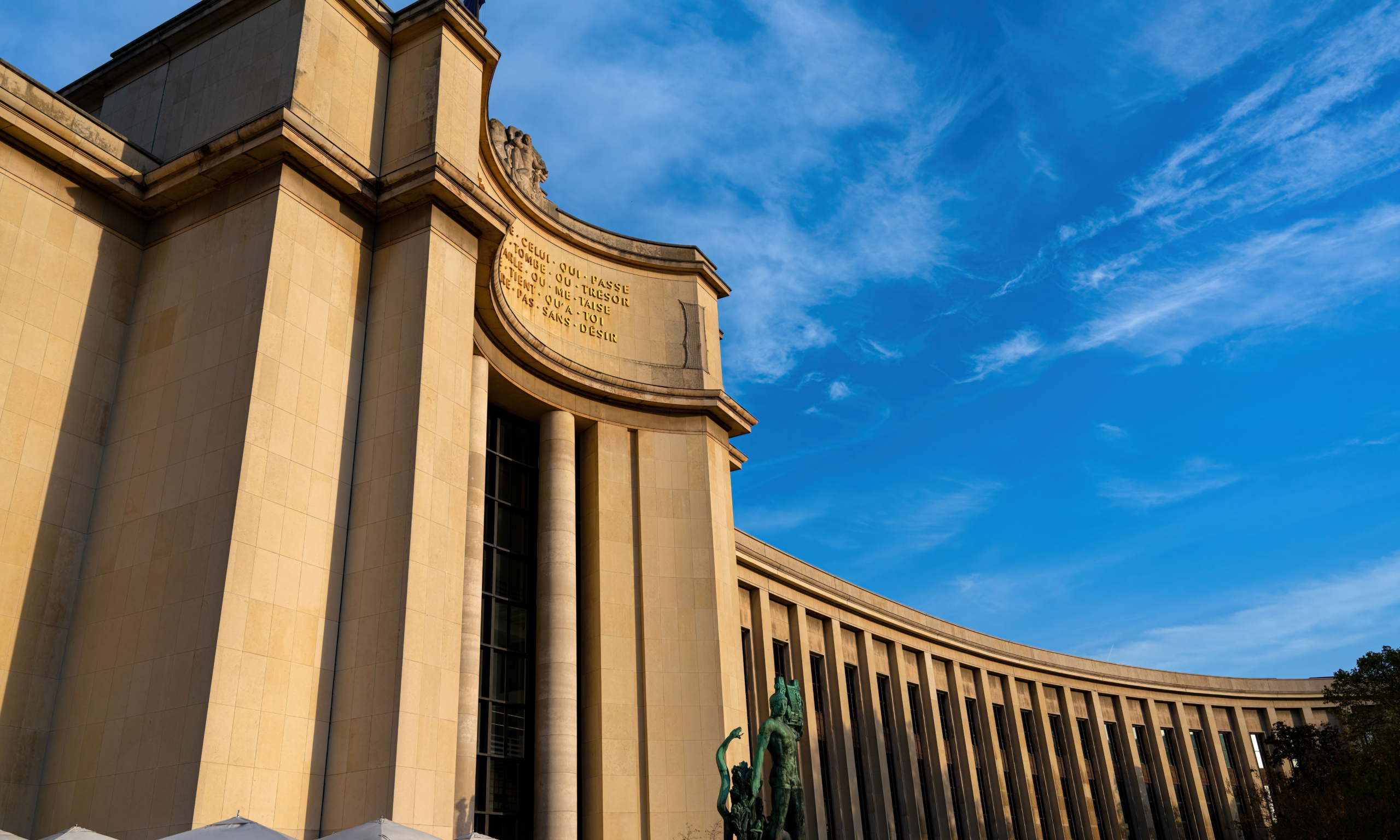The Musée de l'Homme in Paris has over 20,000 human remains Photo: DragonWen / Shutterstock
Human remains held in French public collections and less than 500 years old, can now be returned to their countries of origin by a decision of the prime minister. This follows the adoption of a law on Monday 18 December, aimed at facilitating their restitutions. Up to now each restitution had to be approved by a special law.
Requests must be made by a foreign state and will be accepted only to fulfil funerary customs of a living community, therefore prohibiting any exhibitions. Decisions will be taken after a report of a commission comprising experts from France and concerned countries.
However, the legislation does not cover the cases of people from French territories around the world, including indigenous people exhibited in Paris’s “human zoos“. Parliament has given the culture minister one year to report on the restitutions of these remains.
The culture minister, Rima Abdul Malak, hailed the text as “an historic step, coupling respect due to the dead with respect for the inalienability of public collections".
The law comes after a dozen years of wrestling between Parliament and the government and a Senate report, which found French policy on the issue “unsatisfactory”.
The author, Catherine Morin-Dessailly, pointed out that France consented to only a few repatriations of human remains, even though they are present in “hundreds of collections“ in museums, universities or archeology departments. The Musée de l'Homme in Paris has 23,665 of them, including skulls, hair or pieces of skin. Only 900 could be identified. Most are from France and Europe. A small minority came from former colonies, 7% from Africa.
In 2002 France returned to South Africa the dissected parts of the body of Sara Baartman, known as the "Hottentot Venus", which was studied by the Natural History Museum in the 19th century. A Khoikhoi woman from the Eastern Cape, Baartman was treated as a living exhibit, being displayed on stage by showmen in London and Paris until her death in 1815.
In 2007, the Museum of Rouen accepted a request by Museum of New Zealand Te Papa Tongarewa to restitute a Maori head. But the process was interrupted by the French state on the basis of the inalienability of public collections. It took five years to pass a special law, allowing the restitution of 20 mummified and tattooed heads from various museums.
In 2020, to improve their mutual relationship, France returned 24 skulls to Algeria, under what the Senate termed a “rogue agreement“ of so-called “loans“. The skulls were immediately buried as those of heroes from the independence war of 1954-62, although the French Museum of Mankind had previously established that only six of them were known as resistance fighters, the others being imprisoned thieves, unidentified or even soldiers of the French army.
The new law, according to senator Morin-Dessailly, intends to “avoid the repetition of such a devious procedure“. It is one of the three laws on restitution of public goods recommended by special ambassador for cultural cooperation Jean-Luc Martinez, former director of the Louvre. A bill on looted art has already been passed in July but the most complicated one, on colonial goods, has yet to be drafted.

